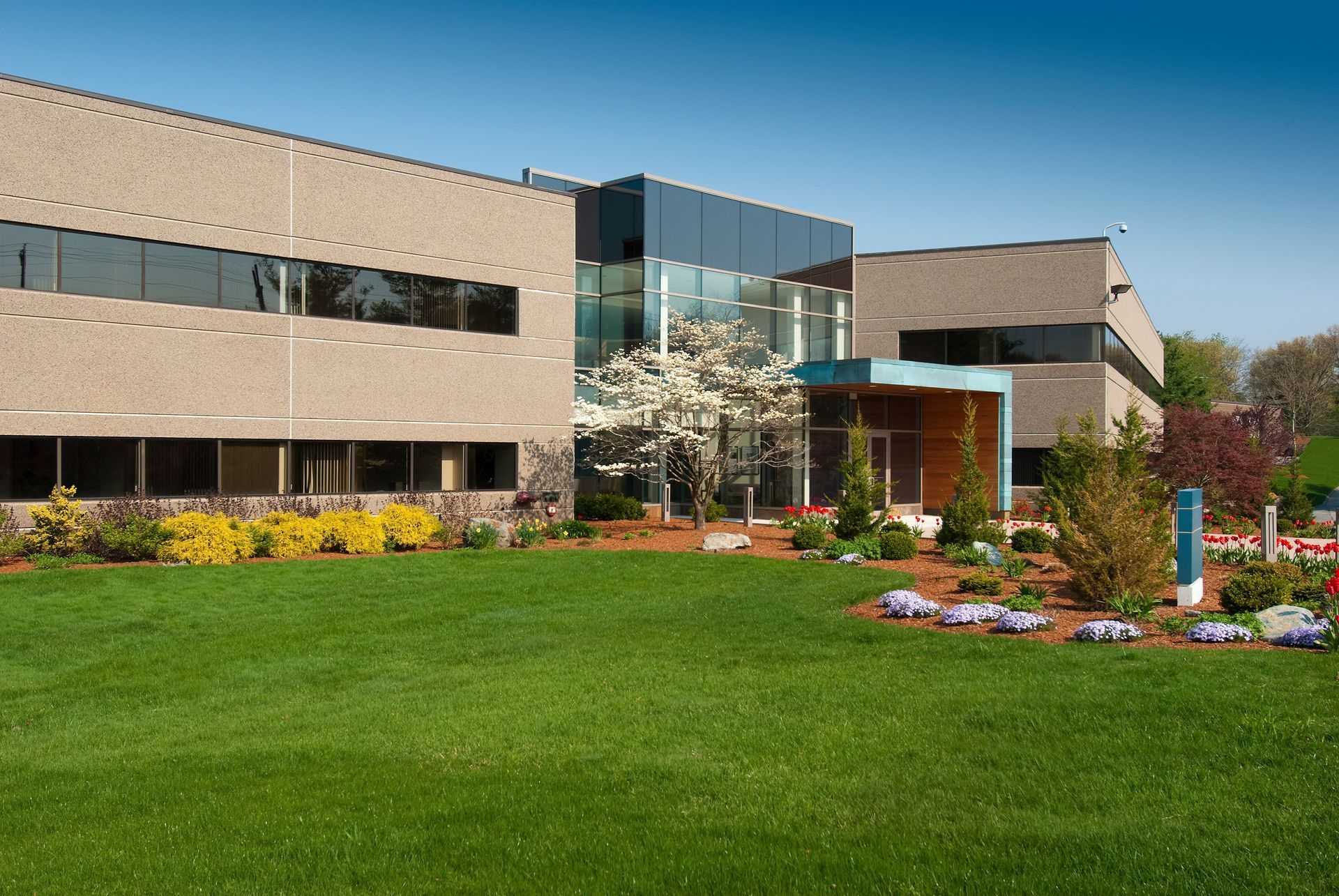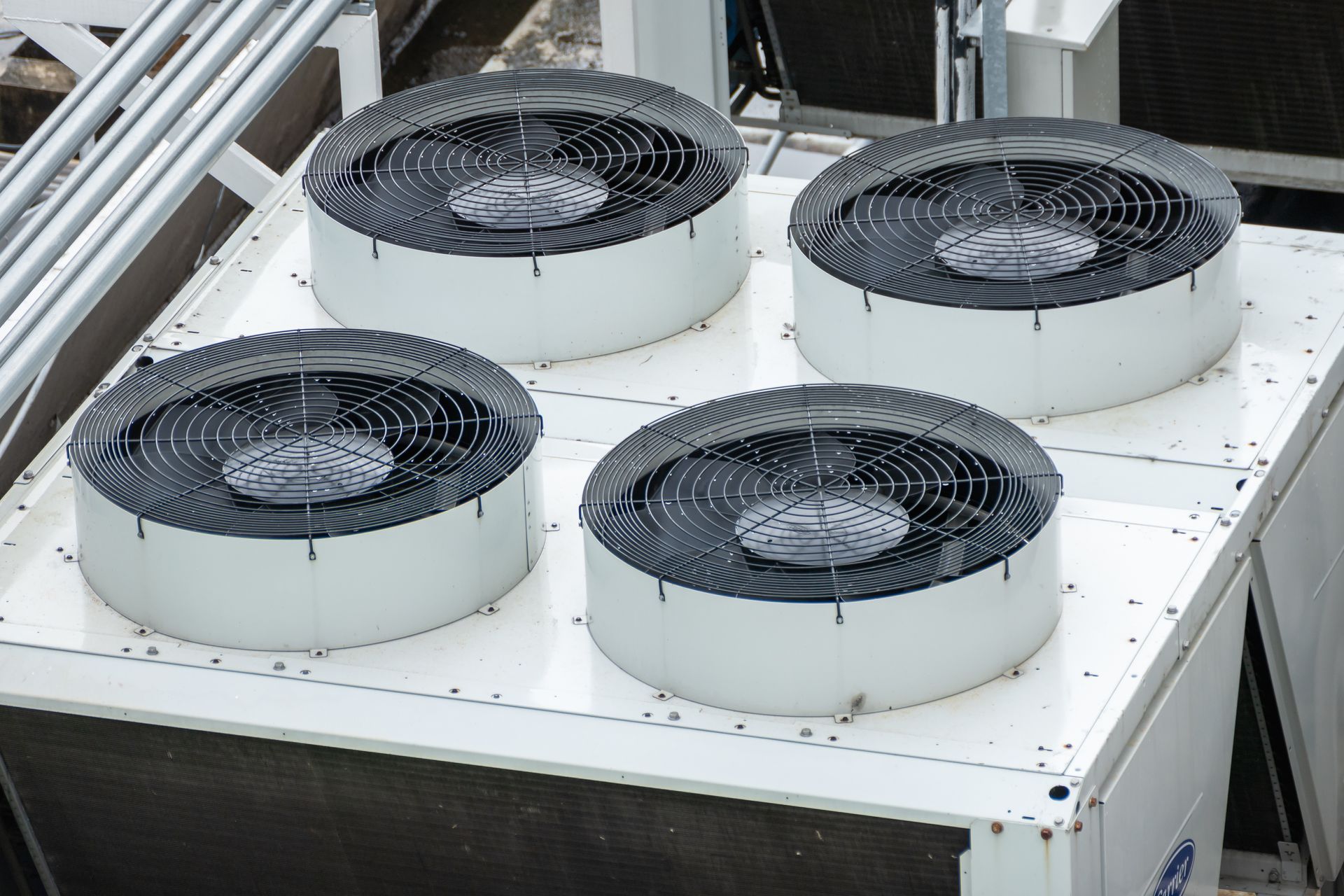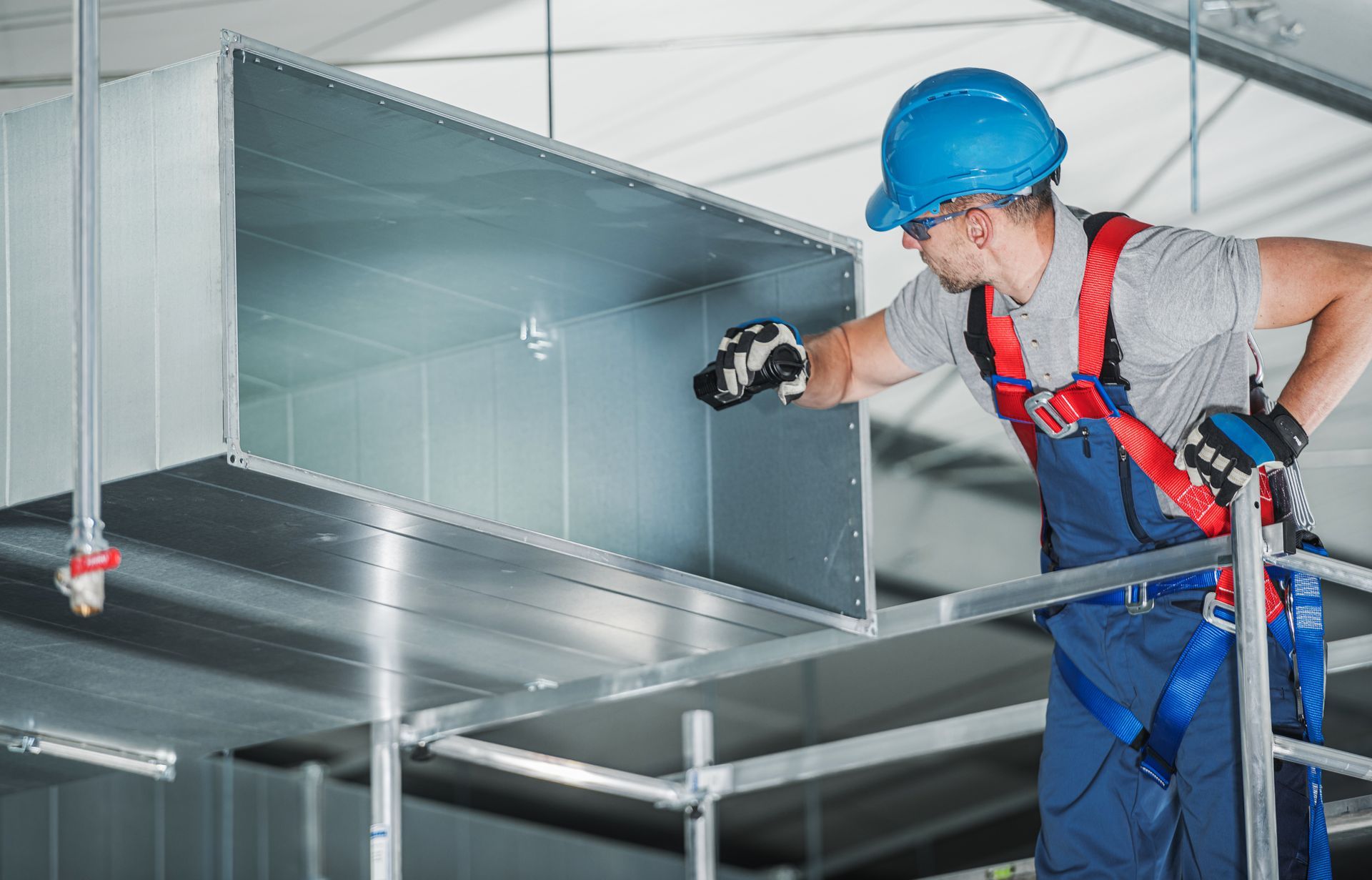HVAC Units and Best Practices for Regulating Temperature in Schools
Share

School buildings present a distinct set of HVAC challenges. With dozens of classrooms, long hallways, cafeterias, gyms and administrative areas, each with different heating and cooling needs, effective climate control in schools requires more than just raw output. Comfort, air quality, energy efficiency and noise levels are all factors to consider when choosing a climate control solution that will support learning in an environment where students and teachers can thrive.
Common HVAC Challenges in Schools
High Occupancy During Fixed Hours
Schools tend to have dense populations confined to specific zones at consistent times—like morning class blocks or lunchtime. HVAC systems need to deliver consistent comfort to large groups of people without overheating or overcooling unoccupied areas.
Poorly Balanced Airflow Between Zones
Older school buildings often have uneven air distribution, resulting in classrooms at the ends of hallways becoming too hot or too cold. Updating duct design or using zoned systems can help address this.
Aging Infrastructure
It’s no secret that district facility managers and infrastructure professionals face tight budgetary constraints in Arlington and throughout the DFW area. While the taxpayers may appreciate a budget-conscious approach to facility management, the cost limitation can lead to uncomfortable environments that detract from the educational experience. Many schools still operate on legacy HVAC systems installed decades ago. These units are often oversized, inefficient and not compatible with modern zoning or automation technologies.
Indoor Air Quality Requirements
Good ventilation and humidity control are essential in schools, where poor indoor air quality can lead to discomfort, distraction or even increased illness transmission. Air quality is particularly important in a high-occupancy setting notorious for virus and bacterial transmission. This can be further complicated by the diversity of health challenges children can face, including allergies, childhood asthma and other chronic respiratory conditions.
Noise Sensitivity
Loud equipment can interfere with instruction and learning, so quiet HVAC operation is especially important in classrooms and libraries.
System Features That Make a Difference in Schools
Zoning and Smart Controls
Zoned systems and programmable thermostats allow schools to adjust heating and cooling based on room usage and occupancy. This not only saves energy but also avoids discomfort in less-used spaces.
Demand-Controlled Ventilation (DCV)
DCV systems adjust fresh air intake based on occupancy and CO₂ levels, improving air quality without wasting energy.
Humidity Control
Especially in the DFW area, where hot and humid days are common, HVAC systems should regulate humidity to maintain comfort and protect school infrastructure like gym floors and instruments.
High MERV or HEPA Filtration
Modern systems should be compatible with advanced filtration to capture airborne particles, allergens and pathogens—particularly important in densely occupied spaces.
Systems That Work Well in School Environments
Packaged Rooftop Units (RTUs)
RTUs are a popular option for many school buildings with flat roofs. They’re easy to install, service and replace, and they can be zoned to serve different parts of the building.
Variable Refrigerant Flow (VRF) Systems
VRF systems offer high efficiency and precise control. They’re particularly effective in schools with a mix of classroom types and office spaces. While more expensive up front, they can pay off in long-term energy savings and dependability.
Chiller and Boiler Systems with Air Handlers
Common in larger or multi-building campuses, these systems allow centralized heating and cooling with distribution through air handlers. They’re reliable and scalable but require more maintenance and space for mechanical rooms.
Systems That May Not Be Ideal
Window or Wall Units
Though still used in portable classrooms or temporary structures, these units don’t provide consistent comfort across a campus and typically lack humidity control and filtration options.
Single-Zone Systems
Schools with only one or two thermostats for the entire building often struggle to maintain comfort in all areas. These systems also waste energy by heating or cooling unused zones.
Equipment Placement and Ductwork Considerations
Space Constraints
Mechanical rooms in older schools may not meet the space or ventilation needs of modern systems. RTUs can help solve this, but only if the roof is structurally suitable.
Duct Access and Routing
Adding or modifying ductwork in existing schools can be difficult due to concrete walls, drop ceilings, or lack of access. Custom duct solutions may be needed during retrofits.
Ventilation Requirements
Schools need a high volume of fresh air, especially in high-use areas like gyms and cafeterias. Systems must be designed to bring in outside air while maintaining temperature and humidity control.
Call a Commercial HVAC Company That Has Worked on Dozens of School, College and University Projects
The ideal HVAC systems for grade schools, high schools and middle schools or college and university campus buildings can vary significantly based on layout, schedule, student body size and a host of other factors.
From zoning and filtration to equipment placement and system selection, every decision plays a role in the comfort, safety and focus of students and staff. Tom’s Commercial works with schools across Arlington and the greater DFW area to provide HVAC systems designed for long-term performance and daily reliability. Schedule a quote or request service by calling us at 817-857-7400.










